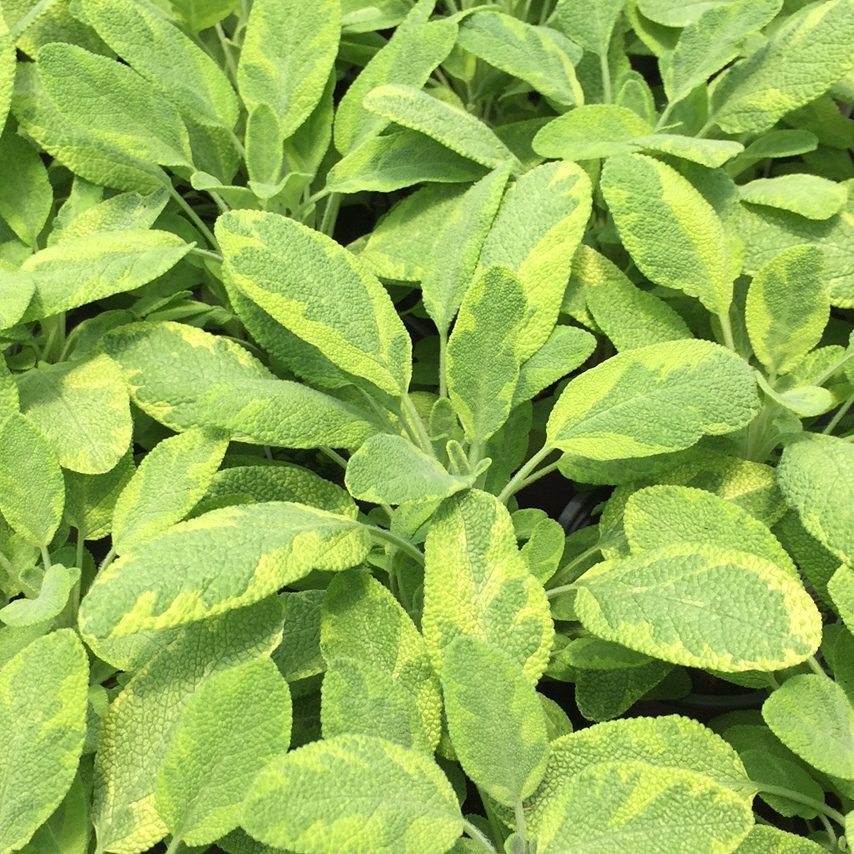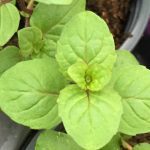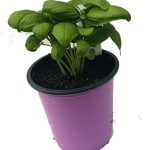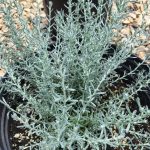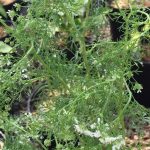Sage; Salvia officinalis, Golden
$5.99
Discount per quantity
| Quantity | 3 - 8 | 9 - 14 | 15+ |
|---|---|---|---|
| Price | $5.81 | $5.63 | $5.39 |
| % Discount | 3% | 6% | 10% |
Description
Sage – Salvia officinalis ‘Golden’: A Culinary and Ornamental Gem
Sage (Salvia officinalis ‘Golden’) is a rare treat for gardeners and cooks alike. Known for its vibrant variegated foliage, this plant brings golden-yellow and soft green tones to every corner of the garden. It is more than just an herb; it is a living accent piece that transforms culinary gardens, containers, and borders into radiant displays of color.
A Burst of Color in the Herb Garden
Golden sage stands apart from traditional green sage with its sun-kissed leaves. The marbled patterns of yellow and green shimmer in full sun, brightening garden beds and patio planters. Its leaves are soft and slightly textured, giving it a lush look that complements both edible and ornamental plantings. Because of this bold variegation, it easily doubles as a decorative plant for mixed borders or rock gardens.
Culinary Qualities That Inspire
Beyond its looks, Golden sage retains the beloved earthy, peppery flavor that has made common sage a kitchen staple for centuries. Its leaves are ideal for:
- Roast meats and poultry like turkey, chicken, or pork.
- Infused butters for vegetables or bread.
- Hearty soups and stews that need a depth of savory warmth.
- Herbal teas for a soothing, aromatic drink.
Harvesting is simple: snip leaves fresh for immediate use or dry them to keep their flavor year-round.
Growth Habit and Garden Performance
Golden sage is a hardy perennial in USDA zones 5–9. It forms a compact mound, typically reaching 12–18 inches tall and wide, making it an excellent choice for both large herb beds and small container gardens. In milder climates, its foliage remains attractive year-round, offering steady color even in winter.
During late spring to early summer, it may produce soft blue to purple blooms that attract bees and other pollinators. These flowers not only support biodiversity but also add another layer of ornamental beauty.
Planting and Care Tips
Golden sage thrives in conditions similar to other Mediterranean herbs:
- Light: Full sun brings out the brightest foliage colors and encourages compact growth.
- Soil: Well-draining soil is essential. Sandy or loamy soils are ideal, and raised beds or containers work well to prevent soggy roots.
- Water: Drought-tolerant once established. Water moderately, allowing the soil to dry slightly between waterings.
- Pruning: Trim lightly after flowering or in spring to maintain shape and encourage fresh growth.
- Spacing: Plant about 12–18 inches apart to allow airflow and prevent mildew.
Versatility in the Landscape
This sage variety works beautifully as:
- A border accent in perennial beds.
- A centerpiece in herb gardens surrounded by thyme, oregano, or basil.
- A container feature for patios and small spaces.
- A companion plant that repels certain pests and attracts pollinators.
Why Gardeners Love Golden Sage
Golden sage bridges the gap between ornamental and edible gardening. It rewards you with:
- Vibrant color that lasts through the seasons.
- A rich, savory flavor perfect for countless recipes.
- Low maintenance needs and drought tolerance.
- Pollinator-friendly blooms that benefit the ecosystem.
Bringing Sunshine to Every Meal and Garden Space
Whether nestled among vegetables, tucked into containers on a sunny patio, or showcased in ornamental plantings, Salvia officinalis ‘Golden’ offers unmatched charm. It turns a simple herb garden into a vibrant, multi-sensory experience—bright to the eyes, aromatic to the nose, and flavorful in every dish.
By choosing Golden sage, you’re planting more than an herb. You’re adding a timeless accent that feeds the senses and enriches your garden year after year.
Additional information
| Weight | N/A |
|---|---|
| Options | Starter Plug – 3 count, 3.5 in. (12.3 fl. oz.) Pot |

